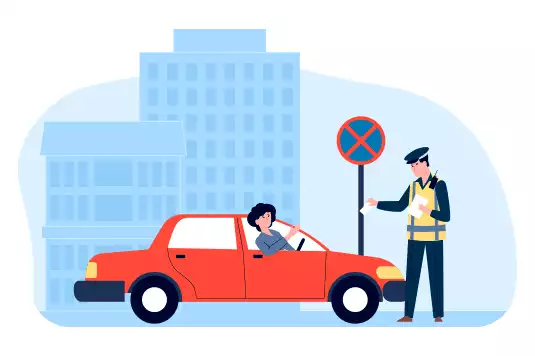12.3 lakh e-challans issued to traffic violators on Atal Setu, Pune E-way with new surveillance system

Over 8.5 lakh cases registered so far have been for speeding, accounting for 70% of total violations, joint transport commissioner Ravi Gaikwad said.
According to him, ITMS is effective in nabbing violators on Atal Setu, which has a speed limit of 100kmph. On the connector, ITMS focuses on detecting three primary offences: speeding, lane cutting, and illegal parking.
On Pune Expressway, the system has been instrumental in monitoring 17 offences, demonstrating its effectiveness in enhancing road safety and traffic management. This is a vital transportation corridor that witnesses an average daily traffic volume of up to 40,000 vehicles, with the number surging to 60,000 during weekends.
The system, applicable to all private and public transport vehicles such as BEST and NMMT buses, employs advanced technology, including AI-enabled CCTV cameras strategically placed along bridges, to capture and analyse traffic data in real time.
"The violators will automatically get e-challan on their mobiles as soon as they complete their journey on the bridge," another transport official said.
One of the most notable features of ITMS is its ability to automatically recognise vehicle number plates. This functionality enables issual of e-challans to violators and promotes a culture of responsible driving, senior officials said.
It also ensures real-time monitoring and analysis of traffic conditions using sensors, cameras, and other devices. The ITMS ensures automated enforcement of traffic rules, detection of violations such as speeding, lane cutting and illegal parking.
Looking ahead, Maharashtra govt plans to extend the system to other key routes in the state. A senior transport official revealed that the govt intends to install the system on the Samruddhi Mahamarg in the near future.
This expansion underscores the authorities' commitment to leveraging technology to improve road safety and streamlining traffic management, he said. Besides, this automated process will facilitate swift and effective enforcement of traffic regulations and significantly reduce traffic congestion caused by disabled vehicles as it can promptly identify and report such incidents to the control room.
A Pune official who monitors ITMS on Expressway said, "The speed limit rule is now being followed by more motorists as they know there is a surveillance system and cameras on the Expressway and the fines are hefty. Also, several trucks and buses refrain from taking the rightmost lane as ITMS immediately issues them e-challans for lane cutting and rash driving, etc."

